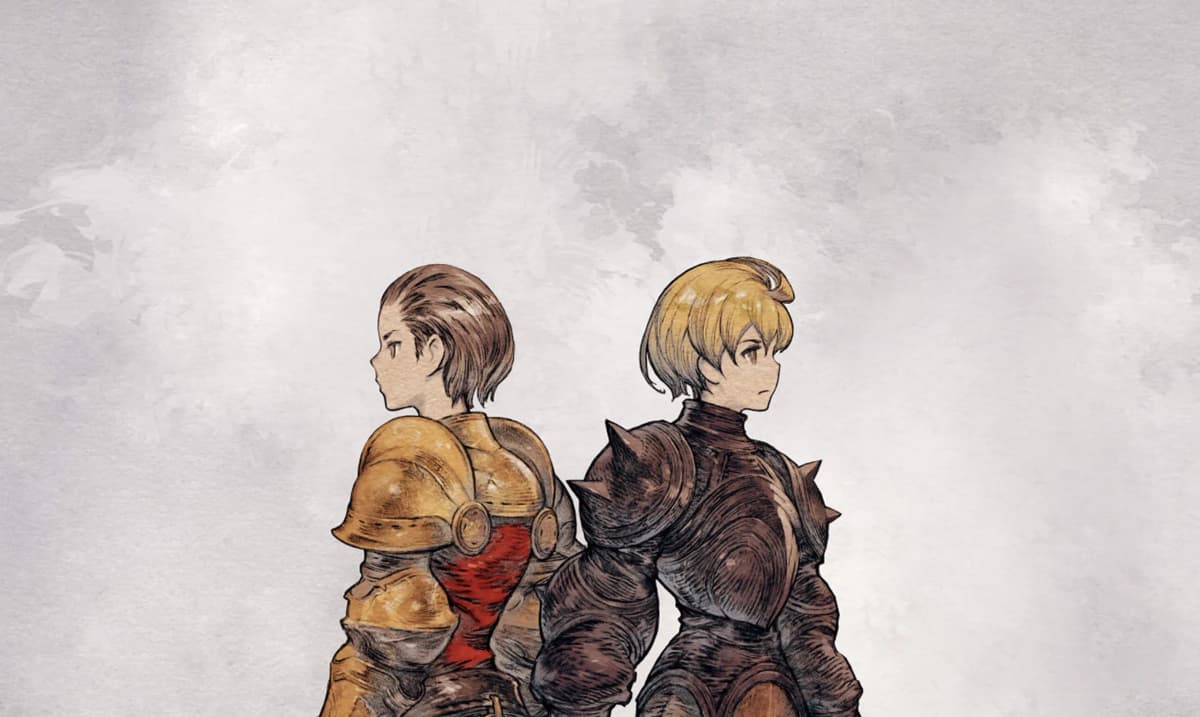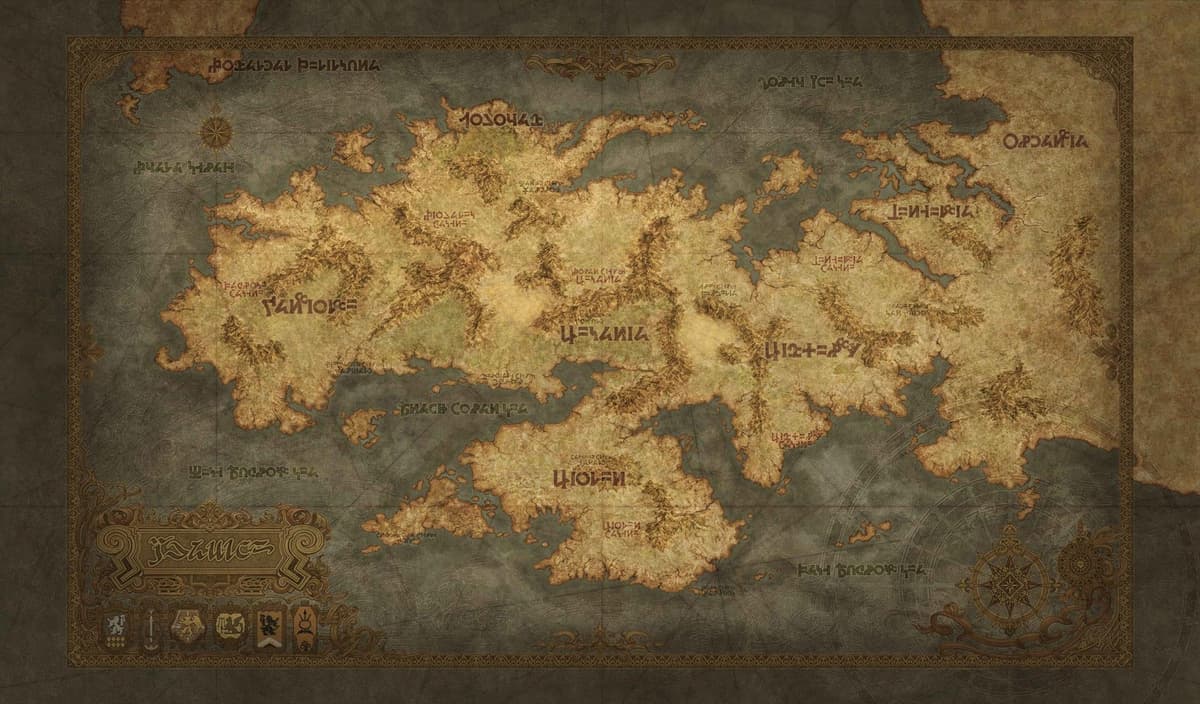
I came back to Ivalice with equal parts nostalgia and dread. Final Fantasy Tactics shaped the way I think about turn-based combat back in the PS1 era, then stole more of my life on PSP. But I’ve been burned by remasters that confuse smoothing with soul. So when The Ivalice Chronicle booted up on my PS5, DualSense humming, I braced for compromise. Three hours later-after I’d been outflanked on the roofs of Dorter, listened to Delita spit fire in Japanese, and remembered exactly how mean archers can be when you forget line of sight-I unclenched. This isn’t a paint job; it’s the same harrowing, systems-dense chess match I remember, newly legible and, in a few key places, newly alive.
I split my time across a 55” OLED on PS5 and a PC save on a 27” 4K monitor. Total: 38 hours-31 to roll credits, 7 dabbling in side content and job experimentation. The bones are unchanged: a four-chapter political tragedy drenched in mud and faith and class, and a job system that rewards tinkering, patience, and a touch of masochism. The remaster adds dual audio (English/Japanese) and a richly localized codex that finally makes the swirl of factions readable without a wiki. And yes, the camera still decides an oak tree is more interesting than the battle at least once per fight. Some habits die hard.
By the end of my first session, I had lost twice—once to archers with elevation advantage at Dorter Trade City, and once at the fort by being cocky with my mages’ charge times. The game reminded me how mercilessly speed, height, and turn order define victory here. It also hit me with something FFT never had: voices. I swapped between English and Japanese across chapters, but Delita’s Japanese performance became my default. There’s a brittle fury in his delivery that reframes him from a clever opportunist into an antihero who makes every room colder simply by speaking. Ramza’s idealism reads differently when you can hear the uncertainty in his voice.
And the lore finally clicks for non-specialists. The “Brave Story” codex entries—factions, family trees, map entries, event logs—are fully localized and formatted so you can hop from a named house to its rivals to their last recorded scandal without losing the thread. Early on, I actually paused between battles to read about the Orders of the Northern and Southern Sky. The writing has that parchment-dry tone FFT is famous for, but the remaster’s translation makes it discernible rather than dense. When Monsignor Whoever announces an edict now, I know exactly whose neck is on the line.
I tend to play cautiously, using denial more than burst. In FFT terms, that meant lots of time messing with Brave/Faith values, CT manipulation, and grimy little status effects that can erase a turn from existence. The job system remains the wildest toybox around, but The Ivalice Chronicle presents it with slightly cleaner UI scaling and clearer tooltips. You still have to live in menus to do it right. On my PS5 run, I spent entire commute-length blocks just in Formation > Job > Abilities, juggling which secondary skillset to slot, who gets which reaction, what support fits the map’s elevation. No slider flips your brain into flow—you grind the gears until they mesh.
Early on, I rebuilt Ramza from stock Squire into the backbone of my team. Focus (the WotL “Accumulate”) on Ramza is still absurd for drip-feeding JP while you reposition. I grabbed Gain JP Up as soon as I could, then pushed him down the Knight and Monk trees for survivability before detouring to Time Mage for Haste. The spillover JP is back, and it’s still deliciously abusable: I sat my future Black Mage on a rock at Mandalia Plains, letting him soak job points while Ramza shadowboxed. When I eventually unlocked Arithmetician (née Calculator), I flirted with the cheese, but resisted going full map-nuke. If you want to break the game, you can. I benched him during the finale to keep the last stretch honest.
My favorite midgame combo ended up being a Lancer with Monk secondary, Dragon Spirit as reaction (auto-Reraise at low HP), and Move +2 to chase archers up slopes. That unit carried the vertical maps, and taught me a mean little lesson: Jump doesn’t care about Counter Floods, or most ground-based nastiness. In Chapter 2, during the sandpit ambush, that Lancer turned the enemy backline into a carousel of panic. Meanwhile, a White Mage with Black Magic secondary—Faith boosted into the 70s—became my surgical strike tool, deleting low-Faith tanks with unexpected power after I checked their zodiac compatibility. The minute you start considering birthday signs before you swing a staff, you know FFT has its hooks in you again.
Let’s be real: the camera was stubborn in 1997, it was stubborn on PSP, and here, after a fresh coat of paint, it’s still stubborn. You can rotate through the four isometric angles and pull back to an overhead view, but too often a tree trunk or tower claims center stage just as the AI moves. In Araguay Woods, I missed a tell on a charging enemy because the camera latched onto a lovely, useless canopy. It’s more nuisance than disaster, and you learn to flick manual control constantly, but in a game where elevation is everything, partial information isn’t a quirky vibe—it’s lost turns.

The geometry also still loves to hide target panels behind corners. The remaster’s highlight and tile indicators are crisper, and the cursor snaps cleaner than I remember, but any time an action involves a vertical stack of tiles, I triple-check before confirming. I fat-fingered a Cure on an empty square more than once because I trusted the camera more than the tile numbers. My fault, but also: let me ghost-preview line of effect without rotating manually, please.
Every fight in The Ivalice Chronicle remains an exercise in entropy management. Speed dictates the dance—the CT bar and turn order matter more than raw ATK—and magic is terrifying until it isn’t. I lost a battle in Chapter 3 because I clumped up and got double-Flared by a smug Summoner; I won the rematch by baiting charge times with a couple of Throw Stones and softening their Faith with spells before my Ninja slipped behind to Silence. Nothing in this game hits harder than “Don’t Act” on the right unit at the right time. That or a well-timed Charm that flips the board like a table in a bar fight.
Terrain matters to a degree that feels singular. Vantage points aren’t just better—they’re everything. Archers with Concentrate (ignore evasion penalties) on a ridge can end runs. Without height, your mages invite daggers to the ribs. Even movement abilities feel like plot twists: Jump +2 turns a mediocre melee unit into a flanker; Teleport makes you a god. Late game, when Orlandu turns up and basically apologizes for breaking encounter balance by existing, I did what I always do—I benched him. If you want to keep the midgame tension alive, resist the siren song of Thunder God Cid. He will trivialize your carefully pruned decision tree.
The melodrama of FFT has always been political first and fantasy second. The remaster leans into that by giving breath to lines that used to sit solemn on a page. Delita’s sharp tone, Ovelia’s fragile defiance, Agrias’ stern decency—hearing them reframed a story I knew well. I toggled English for a few sequences, including one late-chapter reveal that I won’t spoil here; the English cast is strong, less arch than I feared, but the Japanese delivery tended to cut deeper for me, especially in scenes where class resentment boils over.
The new translation’s sophistication pays dividends in the margins. Tavern “propositions” (those little side jobs you send randos on for coin and oddities) have flavor again. Dispatch text is wry instead of wooden. The codex fills out houses and orders with enough texture that when a banner falls, you feel the history. Thanks to the clearer logs, the Ramza/Delita split reads as two moral trajectories rather than one good boy and one schemer. One pursues justice at great personal cost; the other seeks stability by wielding the rot of the system. The world punishes and rewards them accordingly.

Let’s talk friction. Because this game still has plenty of it, and most of it happens outside the battlefield. You’re going to bounce between towns to refresh shop inventories constantly. The “Optimize” button gets you 70% of the way, but it still lacks the granularity to respect bespoke builds. I wanted more filters—show me weapons by class unlocks, sort armor by evasion, highlight headgear that boosts MP by a threshold. The remaster smooths text and icons, but the flow remains old-school: lots of confirm screens, lots of “Are you sure?” prompts, and a persistent sense that you’re doing paperwork between duels.
Job unlocks are still equal parts joy and chore. Want Mime? Prepare for a long, slightly joyless march across multiple job lines that will turn your roster into a patchwork of half-baked skillsets for a few hours. It’s optional, and for many, not worth the tax. The fun is really in the hybrid sweet spots: a Time Mage with White Magic who can Haste and patch; a Knight with Break skills and a Chemist secondary to preserve momentum; a Thief who dips into Ninja to bring Dual Wield to a completely different job later. If you like buildcraft, you’ll devour this. If you want a story-first cruise, this game still refuses to hand you a chill setting.
For the completionists: the Deep Dungeon (Midlight’s Deep) still laughs at you. I spent a night down there on PC and came out with a cursed hat, a handful of scars, and a renewed respect for Move-Find Item. Any remaster restraint about “not touching the meta” ends the minute you set foot in those dark floors. It remains a treat for the deranged. I say that fondly.
On PS5 and PC, I experienced rock-solid performance. Load times are basically gone, animations feel snappier, and the sprites—with their cleaned outlines and redrawn portraits—sit comfortably against upscaled backgrounds. It looks like the memories in my head, which is the highest compliment an old-timer can give a remaster. The UI scales properly at 4K, and text remains readable even perched on the sofa, which wasn’t always guaranteed in the handheld era.
There’s a battle speed toggle that’s great in theory and useful most of the time—until it occasionally skips past a dialogue box you meant to savor. I had that happen twice, and it annoyed me both times because you can’t re-open that exact line once it’s gone. Some scripted sequences remain unskippable on retries; if you wipe at a story mission with a little cutscene intro, prepare to watch the same thirty seconds again. And while there’s a helpful mid-battle “suspend save,” it’s a suspend—load it, and it disappears—so don’t treat it like a checkpoint system.
Audio is a quiet triumph. The soundtrack, already iconic, sounds fuller without losing its edge. Effects—steel on steel, spell charges, chocobo chirps—have nostalgic bite. The new voice tracks are cleanly mixed, with the option to stick to text-only if you want it old-school. I ended up toggling voices on for major scenes and switching them off for routine briefings; the flexibility is appreciated.

If you live for tactical depth—systems that interlock so tightly you can hear them whir—The Ivalice Chronicle is your happy place. It is less approachable than modern Fire Emblem, less forgiving than XCOM on Normal, and more rewarding than either when the penny drops. You must enjoy pre-battle prep, gear fiddling, and the masochism of losing a fight, adjusting your build by two small abilities, and winning by an inch on the rematch.
If you want a story-first path with a “just show me the good scenes” difficulty, this remaster doesn’t add one. There’s no story mode slider to let you brute-force past bad decisions. You can grind random encounters to brute-force stats, sure, but the game really wants you to play smarter, not longer. That learning curve is the point, and it will either thrill you or exhaust you.
Beyond the camera, a few paper cuts add up. Inventory management remains busywork, with limited sorting and no premium filters that reflect how tactical players actually make decisions. The speed toggle sometimes outruns text, and unskippable intros on retried missions impede the “one more run” flow. Tutorials cover the basics but stop short of hand-holding where it’s most needed—zodiac compatibilities, Brave/Faith implications, and when to tank a Faith stat to make a unit near-immune to magic. The info exists, but surfacing it in more explicit, contextual tips would have helped new players.
Still, none of these gripes dull the core experience. They’re the burrs on a blade that still cuts cleaner than anything else in the genre. I said I dreaded compromise; what I got was a remaster that knows exactly what to modernize (readability, audio, loading) and what to leave sacred (the systems and the spite).
Final Fantasy Tactics: The Ivalice Chronicle is not a museum piece. It’s a living strategy game that will happily punish you in 2025 like it did in 1997, now with clearer prose and voices that make its daggers glint. The camera still trips, the menus still demand your time, and unlocking certain jobs remains the worst kind of homework. But the payoff—those sticky, brilliant moments where a plan survives contact, where you read the map better than the AI, where the story’s moral calculus lands like a hammer—hasn’t aged a day.
If you’ve never played FFT, this is the way in. If you have, this is the way back. I’m keeping my save for a proper dive into Midlight’s Deep and a reckless Arithmetician run I’ll regret in the morning. In a year full of sleek, bite-sized tactics experiments, The Ivalice Chronicle feels like sitting down to a banquet—messy, time-consuming, and absolutely worth it.
Rating: 9/10
Get access to exclusive strategies, hidden tips, and pro-level insights that we don't share publicly.
Ultimate Reviews Strategy Guide + Weekly Pro Tips